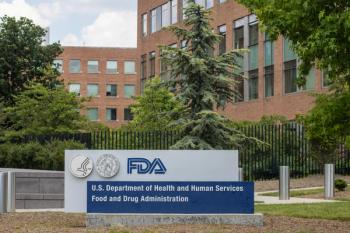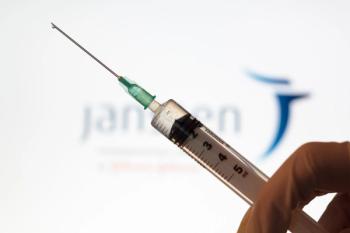
Top 5 Countries with the Highest Reimbursement Rates
The amount public health insurance programs reimburse for new cancer drugs varies in different countries.
Availability of new cancer drugs do not always mean these medications will be reimbursed by public insurance programs. Some countries have different healthcare priorities that can result in many new drugs not being reimbursed.
The amount of drugs that are reimbursable varies greatly throughout the world and even some developed countries have low rates of reimbursement.
Countries using cost-effectiveness methodology based on cost per quality of life gained are less likely to reimburse these new medications, according to the IMS Institute’s Global Oncology Trend Report.
Patients do, however, have access to medications that are not reimbursable and can potentially gain access through special funds and approval applications.
The public insurance programs of the following countries reimbursed the highest amount of money for new cancer medications approved from 2014 to 2015:
1. United States
The US’ public insurance programs reimbursed 100% of the newly approved medications during that time period.
2. France
France’s public insurance program only reimbursed 57% of the new drugs, which is a drastic drop from the amount the US reimbursed.
3. United Kingdom
Though not as drastic as the drop from the US to France’s reimbursement, the UK only reimbursed 38% of the new cancer drugs during this time.
4. Australia
Australia’s public insurance program reimbursed 35% of the drugs.
5. Scotland
This country reimbursed 33% of new cancer drugs, which is not much less than Australia.
Newsletter
Stay informed on drug updates, treatment guidelines, and pharmacy practice trends—subscribe to Pharmacy Times for weekly clinical insights.














































































































































































































